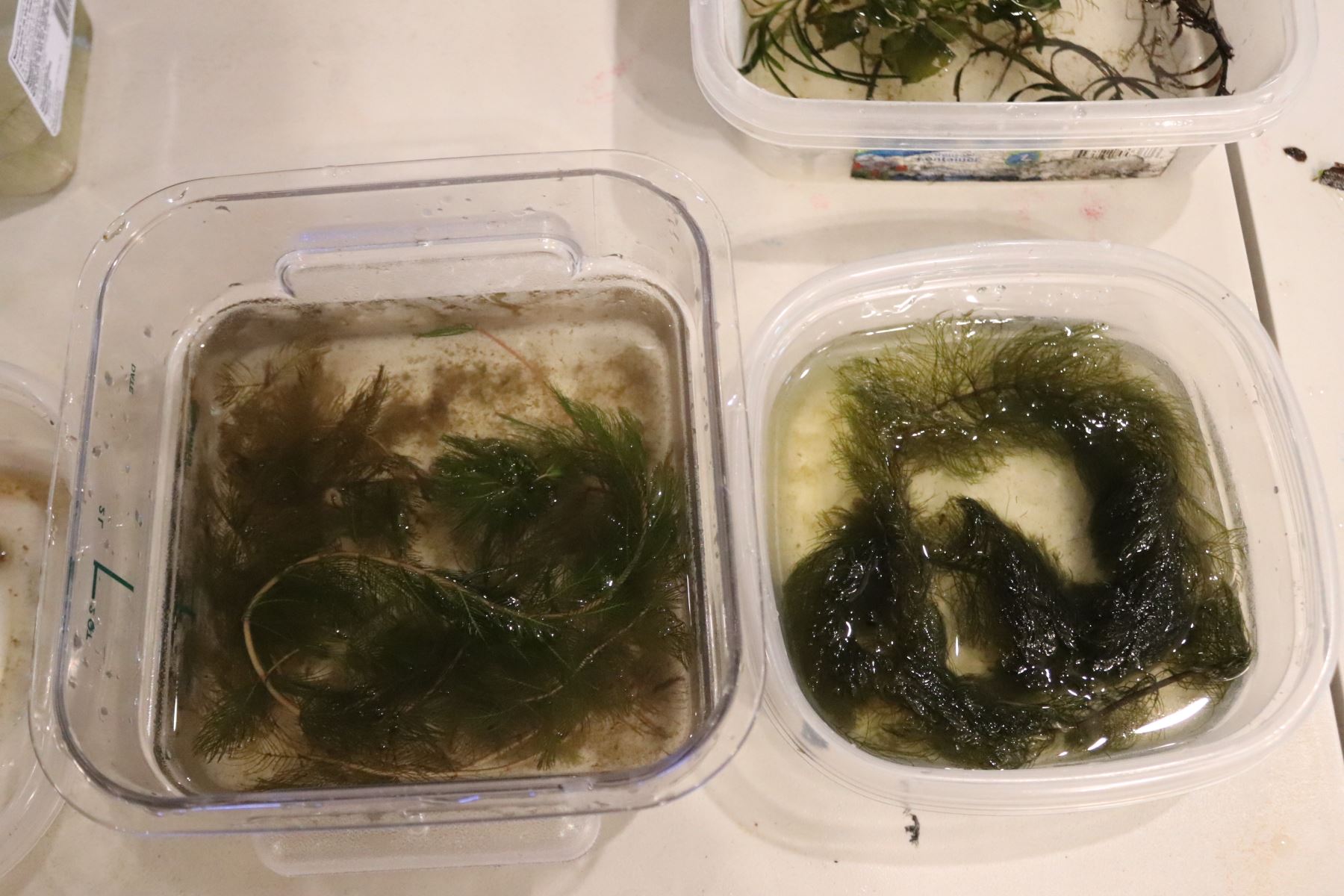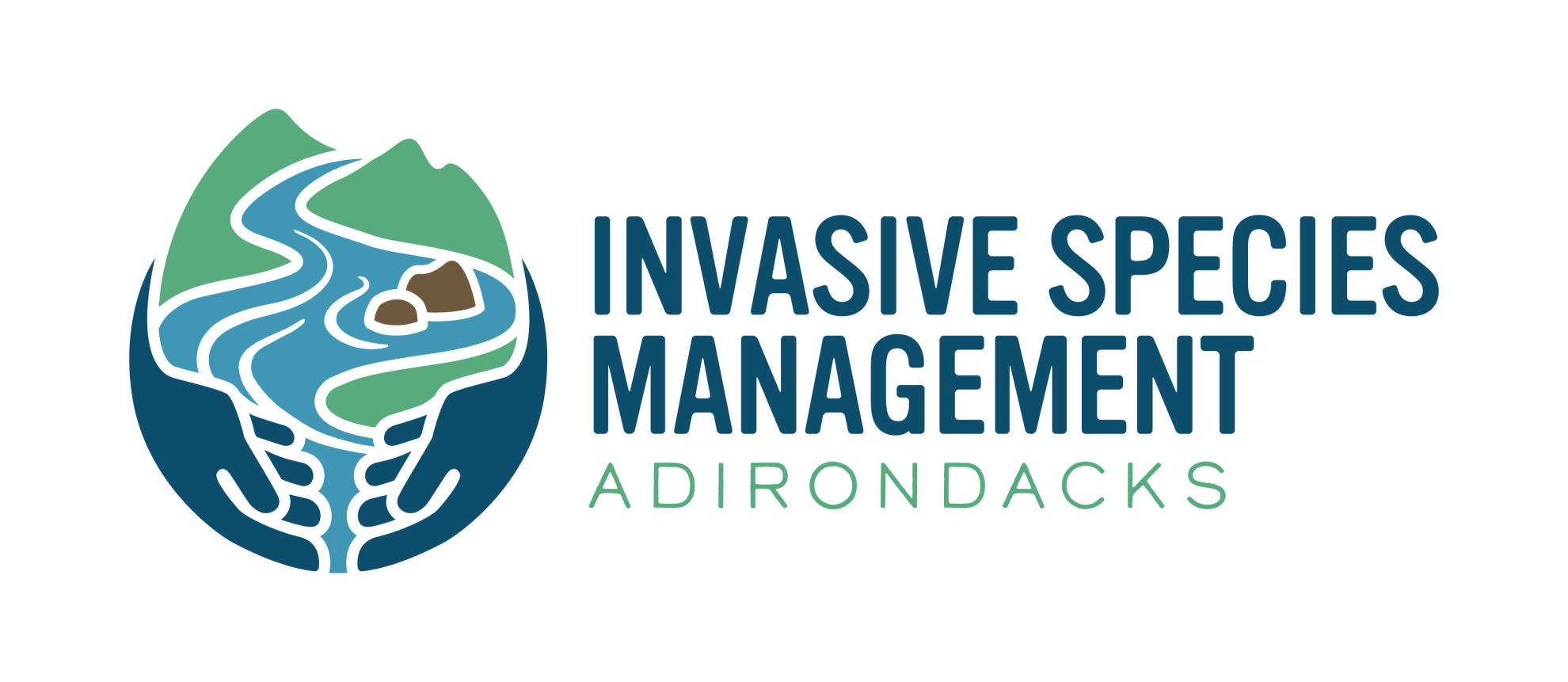Volunteer as a Lake Protector or Forest Pest Hunter; Species Spotlight—Eurasian watermilfoil

Volunteer as a Lake Protector or Forest Pest Hunter; Species Spotlight—Eurasian watermilfoil
Dear Partners,
While summer may feel like it is winding down, there is still plenty of time to volunteer as a Lake Protector or Forest Pest Hunter. Data collected by volunteers helps us better understand what is happening in Adirondack waters and forests.
It is not too soon to look ahead to September. New York State is hosting an Invasive Species Expo September 24-26 at Saratoga Spa State Park in Saratoga Springs. All five APIPP staff will be there, and we are presenting at various sessions. Register today, and make sure to say “hello” to us if you come.
And, a reminder that Eurasian watermilfoil is in flower—the distinctive flower makes this a great time to be on the lookout for this invasive species. You can find more information below.
There is Still Time to Survey Your Lake for Aquatic Invasive Species!
Late August and early September are the perfect time of year to survey waterbodies for aquatic invasive species (AIS). Protect your favorite lake by looking for AIS and helping APIPP track what species are found across the Adirondacks. You can find all the tools you need to get started and to report your findings on the Lake Protectors page of our website.
Already this season, over 30 lakes have been adopted. At least a dozen lake associations are also collecting data about their lakes. Adopt a lake or get involved with your lake association today!
If you have questions, please reach out to Brian Greene, APIPP’s Aquatic Invasive Species Coordinator (brian.greene@tnc.org). Many thanks to the volunteers who have already signed up and who are sending in data. The information is great!
Forest Pest Hunters are on the Lookout for Beech Leaf Disease
Beech Leaf Disease (BLD) was recently confirmed in the town of Bolton, the first confirmed occurrence of this invasive forest pest in Warren County. The first confirmed case of BLD in the Adirondacks was in Herkimer County in 2022. It was first confirmed in the U.S. in 2012, and it is sweeping its way rapidly through infected areas. Click here to read APIPP’s recent press release about BLD.
Help us find BLD! APIPP launched its BLD Forest Pest Hunters volunteer program on August 2. Click here to watch the webinar recording. Click here to learn how to sign up to survey a trail. More than 45 trails have already been adopted this year, which is more than all of the trails adopted last year! I hope you will sign up for a trail and join in the hunt for BLD.
If you have questions, please reach out to Becca Bernacki, APIPP’s Terrestrial Invasive Species Coordinator (rebecca.bernacki@tnc.org). Many thanks to the volunteers who have already started their surveys. The data is so helpful!
Species Spotlight: Milfoils are in Flower
Eurasian watermilfoil (EWM) is in flower. Keep your eyes out for a small pink flower spike, up to 4 inches long, that produces tiny cream to pink colored flowers. EWM flowers are a great way to confirm if a plant you see regularly is the invasive milfoil or its common look-alike, the native coontail.
The flowers are a great way to distinguish EWM from native milfoils as well. There are eight native species of milfoils in New York. One of these, the native Farwell’s milfoil (Myriophyllum farwellii) has flowers below the water surface and small, bumpy fruits form in the leaf axils. EWM (Myriophyllum spicatum) has an above-water flower spike, which is easy to see when you are paddling by!
Registration for the 2023 NYS Invasive Species Expo Now Open
The New York Invasive Species Expo will be held September 24-26 in Saratoga Spa State Park in Saratoga Springs. This unique conference will focus on invasive species and will combine classic presentations and creative use of outdoor space to create an immersive, hands-on experience. This event will be open to the public with no cost for general attendance. There are two parts to the event.
- Sunday, September 24: This is a public-facing day featuring hands-on experiences and demonstrations designed to be fun for the whole family! No registration is needed.
- Monday and Tuesday, September 25-26: These two days are designed for professionals, associations, experienced volunteers, and others interested in the technical aspects of invasive species management. Register to sign up for engaging presentations, exclusive hands-on workshops, demonstrations, and field trips. Monday is a full day of workshops and field trips, and there will be a selection of food trucks for lunch and an evening poster session. Tuesday is a half-day with more exciting opportunities for indoor and outdoor experiences. I hope to see you there.
Lastly, a quick shout-out to our own Brian Greene, APIPP Aquatic Invasive Species Coordinator, who received the Adirondack Lakes Alliance (ALA) 2023 Stewardship Award at the ALA Symposium during Water Week earlier this month. Congratulations Brian!
Regards,
Tammara
PS: Photo on webpage, courtesy of Hamilton County Soil and Water Conservation District

